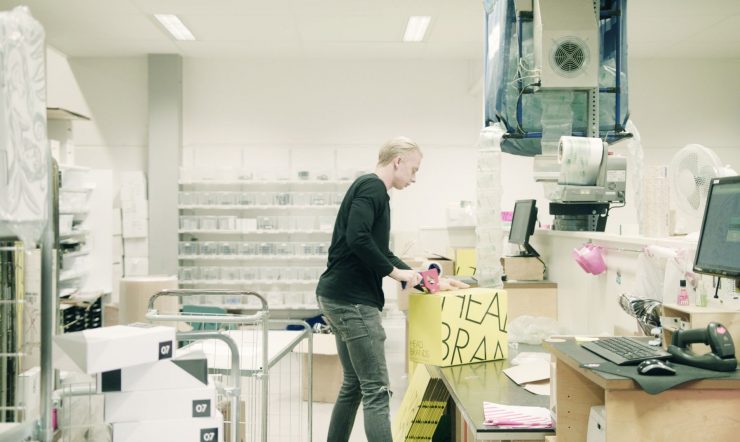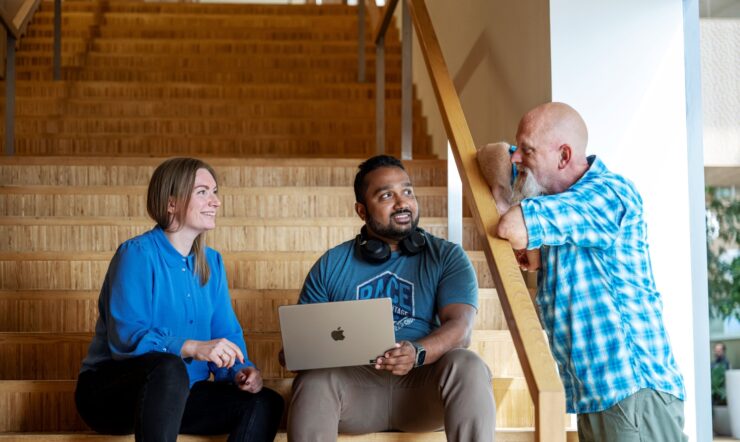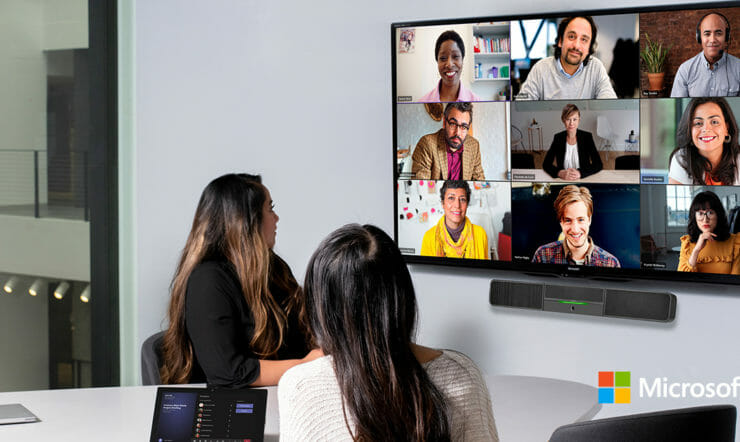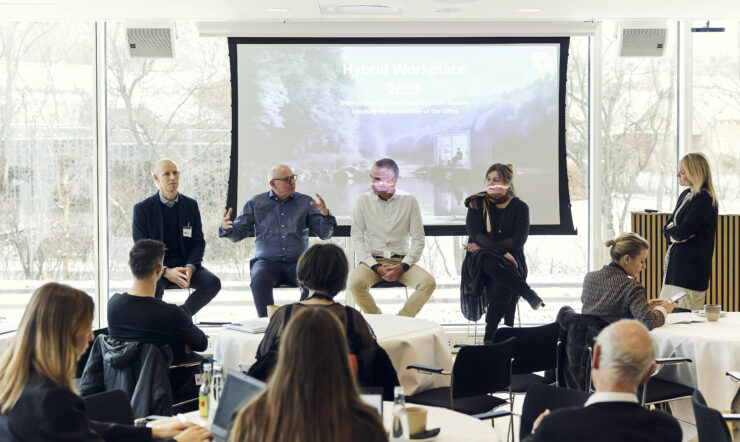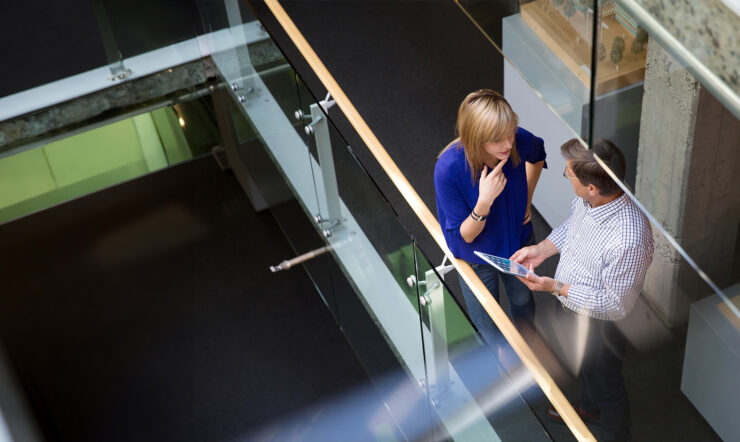Hybrid Talk is an article series hosted by Microsoft Denmark. We have invited thought leaders, companies, and organizations to share their views on the modern way of working and how technology supports the hybrid model. Is the new normal here to stay or does it even make sense to talk about normality in a world-changing faster than ever? We will explore this and a whole lot more in this series.
Still curious? Learn more and be inspired at our site dedicated to exploring hybrid work here
10 hybrid learnings from an HR perspective
I certainly wouldn’t claim that we have found the holy, hybrid grail but multiple factors have affected how we have approached – and to a large extent succeeded with establishing – a hybrid workplace at Microsoft.
We can learn much from both our customers and other partners when it comes to hybrid work, and we believe we have both insights and experience to bring to the table as well. That’s why I have established an HR network to bring different aspects of hybrid into play. This network has been very rewarding and is an excellent way to keep innovating and share ways of leveraging our new reality. We have furthermore been completely transparent about what we don’t know yet. Both internally and externally. We don’t have all the answers, but we believe we are on the right track.
We see that the role of HR is changing. It’s moving closer to top management and is transforming into a more business driven profile. This is an interesting journey that fits well with the enhanced focus on creating the workplace of the future. Increasingly HR will be part of developing and executing corporate strategy and advice on what kind of skills and competencies the organizations need today and tomorrow. With the HR profile changing, we need to keep learning from each other to stay ahead of the curve.
I will share my 10 learnings with you. Please remember that you are more than welcome to contact me if you have questions or your own learnings or insights that you would like to share.
No. 1: Hybrid is not an HR task alone – it’s a shared responsibility
Neither the hybrid strategy nor the execution of it can be done by one person or one role alone. We have acknowledged that the responsibility of the hybrid transformation is to be shared by management and relevant leaders in i.e., facility, HR, Communication, etc.
No. 2: Define your hybrid culture – and the processes behind
We can’t explain what we can’t define. What does hybrid entail in your organization? We have succeeded with defining what hybrid means for us and designed 8 principles that guide us. See them here. But one thing is defining your hybrid culture another is to design the processes leading to the desired behavior. Dreams and details go hand in hand.
No. 3: Diffuse accountability
Our employees have been a vital part of defining and creating the hybrid space that suits them the best. And we have not been afraid to fail and try again. When we opened our office after the first major shot-down we had made a very complicated matrix for when teams could enter the building and how. But nobody came in! When we then simply stated that 25% of the working force could be in the office at the same time, people came back and aligned presence with their individual teams. When we provide work flexibility and freedom it’s rewarded.
No. 4: Define the future, but don’t throw away the legacy
Many employees are adaptable to new ways of working. That was also the case pre-Covid-19. We have been successful because we build the hybrid future upon a base of trust and engagement that is already in place. We have come to realize that the future of work doesn’t include inventing everything again but building on a good and solid culture and refining it to fit the new reality.
We welc omed our staff back with jazz music and cupcakes. But that lasts only a day.
omed our staff back with jazz music and cupcakes. But that lasts only a day.
– Camilla Hillerup, HR Director, Microsoft Denmark
No. 5: Leadership is key
Let managers discuss with their team what’s working for them. And make sure to include how they prefer to stay connected with leaders as well as peers and customers. Acknowledge that each individual needs to see their fit in the organizational context clearly in order to thrive and be aware that being a visible leader in enabling and facilitating this discussion is key.
No. 6: Don’t take away flexibility by making rules
We have created a barometer serving as a guideline for in-person vs. digital attendance for both internal and external touchpoints. But no guideline without exception. By guiding instead of ruling we maintain a high degree of flexibility.
No. 7: The paradox is real.
According to Work Trend Index, 75% would like to continue working flexibly while 67% miss being together with colleagues at the office. How can we manage this reality? And what does it require from the physical working space? We found out that with increased digital meetings taking place in the office, we lack meeting room capabilities. The new reality simply didn’t match our physical frames, so we must rethink them.
No. 8: Kill your assumptions
Inclusion is more important than ever, but challenges might not stem from where you think. We had an assumption that especially one group of employees would have no problem with working remotely – that they would actually thrive and that we had to focus on another group. But that assumption was flawed, and we quickly needed to revisit our approach to ensure inclusion, empower our employees and mitigate stress.
No. 9: The virtual coffee machine
Most of us agree that physical gatherings are more rewarding than digital ones. However, we need to – and have to a certain extent succeeded with – establishing digital touchpoints with room for both small talk and personal conversations. But this doesn’t happen by itself. Even the more informal but important social touchpoints must be planned, scheduled, and not least prioritized by leaders.
No. 10: Generate energy!
Many of us thought that returning to work after literally years of working from home would resemble Nirvana. Our expectations went through the roof. But reality hit, and we must daily manage expectations and at the same time generate energy. Most importantly, we have realized that maintaining a highly energized group of employees requires intentionality. We welcomed our staff back with jazz music and cupcakes. But that last only a day. We now work strategically with how to bring energy into the hybrid work all the other days.
Read our other hybrid talks with:
- Sophie Saxine Lovett, Head of People Advisory for HQ & Europe, A.P. Møller Mærsk.
- Monique Carter, EVP People & Organization, Novo Nordisk.
- Morten Albæk, philosopher, author, and CEO, Voluntās.
- Lise Dahl Arvedsen, Ph.d., expert in hybrid management at Augmenti, and extern lecturer at CBS.
- Camilla Thind Sunesen, Head of Concepts & Health Development, Danica Pension.
- Michael Andersen, management philosopher, and COO, Department of Forensic Psychology, EAGLE SHARK.
Listen to our podcast, Tidens Tech.
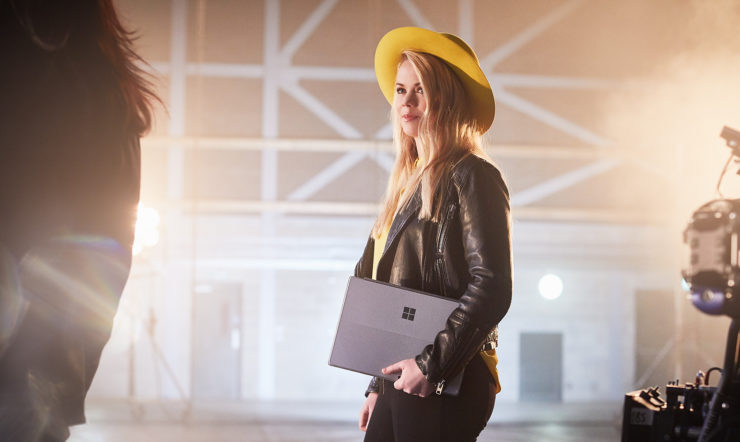

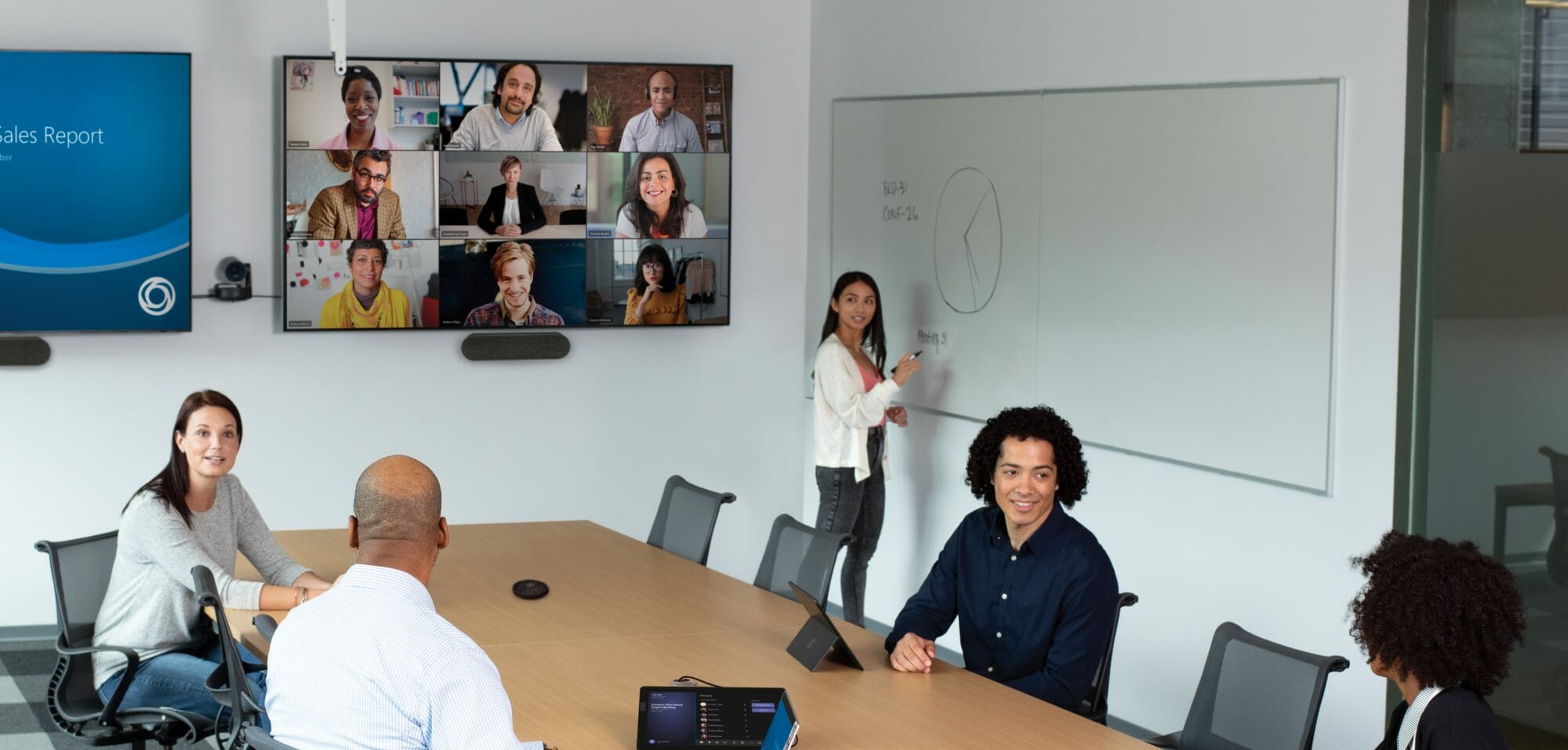

 omed our staff back with jazz music and cupcakes. But that lasts only a day.
omed our staff back with jazz music and cupcakes. But that lasts only a day.



